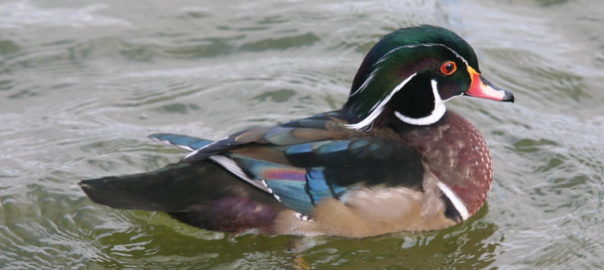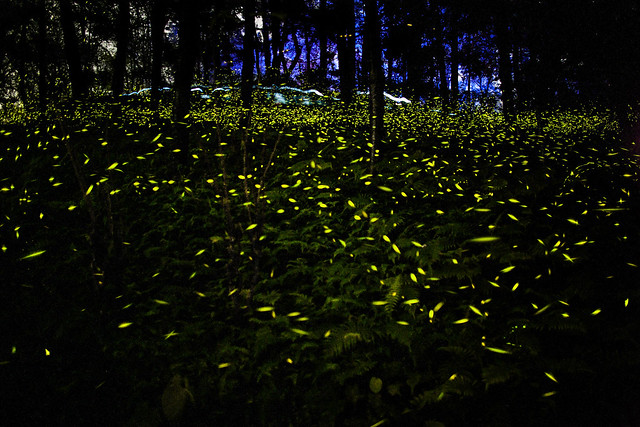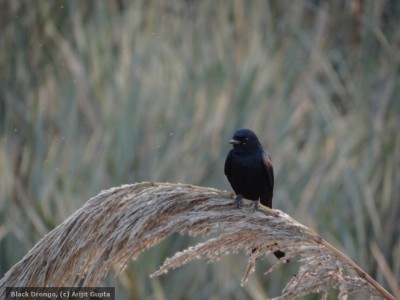There is a hubbub in the atmosphere. The residents of Ghoshpara Bakpukur, a Bengal village about 20 km from Kolkata cannot believe how their luck has turned around thanks to a duck. But it surely seems like it.
Around ten days ago a single male American Wood Duck was seen swimming in the village water body. The bird’s attractive plumage – recognised as one of the most stunning among ducks – soon caught everyone’s attention with social media abuzz with the news and photos of the bird.
It was not like any other migratory bird that usually comes from distant shores to winter in India. It was a single bird of a species that does not have any history of long-distance migration.
The American Wood Duck is a resident of North America. Males are iridescent chestnut and green, with ornate patterns on nearly every feather; the elegant females have a distinctive profile and delicate white pattern around the eye. They are found near wetlands and swamps and are known to look for tree holes to nest.
Also Read: 114 species of wetland birds visit Pong Dam Lake
According to nwf, wood ducks live year-round in the Southeast and along the Pacific coast. The highest population is along the Gulf Coast and the Atlantic coast south of New Jersey. In the summer months, many wood ducks migrate north of the USA to cooler climates.
“The possibility that American wood ducks migrated to Kolkata is almost nil,” said Biswajit Roy Choudhury, secretary of the Nature Environment Wildlife Society, a non-government conservation organization.
If a flight of thousands of miles was a remote possibility, the only other explanation that birding experts and ornithologists can think of is that either the bird was released here by someone or it escaped someone’s private collection.
It is no secret that India’s eastern metropolis Kolkata has turned into a vital wildlife trade hub, albeit illegal. In June a man was arrested allegedly trying to smuggle 22 exotic birds out of the country from the Kolkata airport. From slow loris to tokay geckos and parakeets, for sometime now West Bengal has emerged as the transit point for smugglers operating between India and the neighbouring countries.
Illegal wildlife trade around the world is estimated to be valued at $19 billion, and India is among the top 20 sources of and destinations for exotic species.
Some theories also suggest that the duck might have arrived after the cyclone Amphan that devasted much of West Bengal last month.
Also read: What is the difference between extinct and extinct in the wild?
Giving wings to local economy
Even as the how’s and why’s of the duck’s sudden appearance in a nondescript Indian village has not been figured out yet, locals have been more than forthcoming to welcome the foreign visitor. The surprise sighting has ensured regular influx of visitors, bird watchers, photographers, journalists, and ornithologists to the village thus boosting the local economy ruptured by the pandemic lockdown.
Tea seller Tapan Ghosh, who survived on odd jobs during the lockdown and even after that, says he now sells at least 200–300 cups more than what he did even two weeks ago. Transporters like Bishu have a decent meal on their plate after days as they ferry eager birders to the water body. Snack and savoury sellers with no sale for days are now selling goodies worth Rs. 5000 or more each day.
Such has been the enthusiasm over the exotic bird that local police have had to post some officers around the lake to ensure that people maintain the social distancing norms. Village kids are strictly not allowed to bathe in the waters so as not to disturb the duck.
There is no knowing whether the lone American wood duck is aware of the attention and adulations it is receiving this side of the world or that it understands how it has turned into a good luck charm for the whole village. For now, it seems enough to think that instead of cramped in some cage as part of the exotic pet trade, one precious American duck is enjoying the taste of freedom wading around a pond in Bengal.






